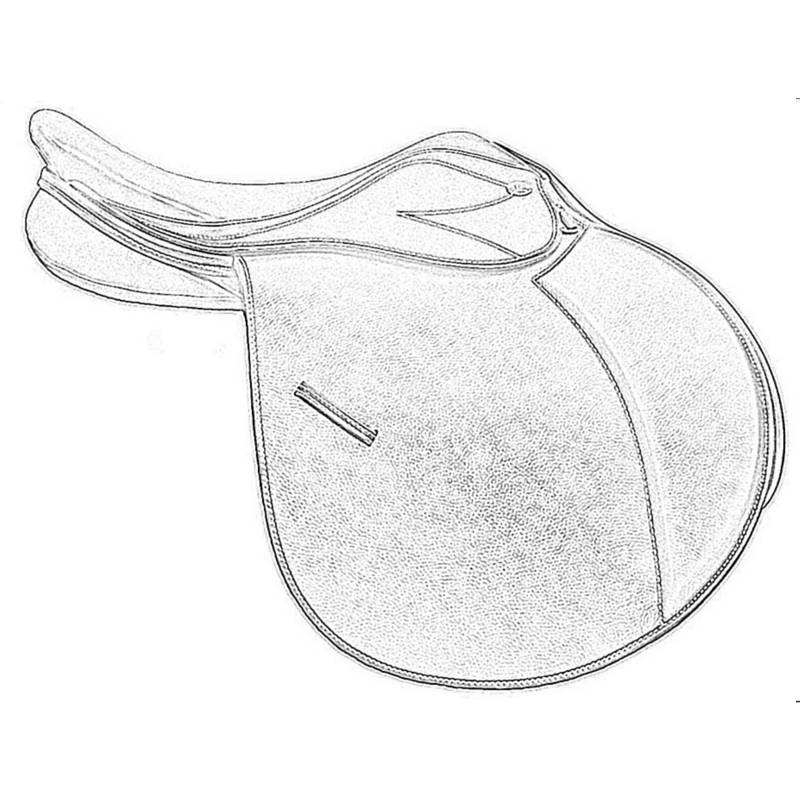How to create an epidemic curve
Table of Contents
Table of Contents
Epidemic curves are crucial tools for analyzing and visualizing the spread of a virus or infection over time. Drawing an epidemic curve is not always easy, especially in the midst of a pandemic when time is of the essence. However, with a few simple steps, you can draw an epidemic curve that accurately reflects the course of an outbreak and helps public health officials and researchers mitigate its spread.
One of the main challenges of drawing an epidemic curve is obtaining accurate data. Without reliable information on the number of cases and the onset of symptoms, it is difficult to create an accurate curve. Additionally, choosing the right variables and determining the appropriate time frame can also pose challenges.
To draw an epidemic curve, you need to plot the number of cases over time using a line graph. Typically, the Y-axis represents the number of cases, while the X-axis represents time, which is usually measured in days, weeks, or months. To create an accurate curve, it is important to choose a consistent time interval, such as days or weeks, and account for any variations in reporting, such as weekends or holidays.
The key to creating an effective epidemic curve is interpreting the data it contains. A standard epidemic curve has three phases. The first phase is the exponential growth phase, where the number of cases rises quickly. The second phase is the peak phase, where the number of cases starts to plateau. The third phase is the declining phase, where the number of cases starts to drop. Analyzing these phases can provide insight into the behavior of the virus and help predict future trends.
How to Draw an Epidemic Curve: A Personal Experience
During the early days of the COVID-19 pandemic, I was tasked with drawing an epidemic curve for a client who needed to track the spread of the virus in real-time. I quickly found that obtaining accurate data was a challenge, and had to rely on various sources and adjust for inconsistencies in reporting.
After obtaining the data, I plotted the number of cases per day on the Y-axis and the date on the X-axis. I used a consistent time interval of one day and adjusted for any variations in reporting. The resulting curve showed the exponential growth phase followed by a peak phase, and now, with more up-to-date data, the decline phase is visible.
The Importance of Interpreting Epidemic Curves
Interpreting the data contained within an epidemic curve is crucial for predicting trends and devising effective strategies to mitigate the spread of a virus. For example, identifying the peak phase can help public health officials allocate resources and personnel, while analyzing the decline phase can help predict when the outbreak will end.
Using Epidemic Curves for Different Types of Outbreaks
Epidemic curves can be used to track the spread of a virus or infection in different types of outbreaks, such as point-source exposure or propagated transmission. In a point-source exposure, where a group of individuals is exposed to a common source of infection, the epidemic curve will show a sharp increase in cases followed by a sharp decline as the infection runs its course.
The Importance of Getting Epidemic Curves Right
Drawing accurate epidemic curves is crucial for understanding and mitigating the spread of a virus or infection. Inaccurate or incomplete data can lead to incorrect interpretations and ineffective strategies. By taking the time to gather reliable data, choose the right variables, and interpret the resulting curve correctly, you can create an epidemic curve that accurately reflects the course of an outbreak and helps prevent the spread of a virus.
The Future of Epidemic Curves
As the COVID-19 pandemic continues to evolve, the importance of drawing accurate and informative epidemic curves has become even more critical. Advanced data visualization tools and machine learning algorithms can help public health officials and researchers more quickly and accurately analyze and interpret epidemic curves, leading to more effective strategies to prevent the spread of the virus and better prepare for future outbreaks.
Question and Answer
Q: What is the key to creating an accurate epidemic curve?
A: Obtaining reliable data is the key to creating an accurate epidemic curve. It is important to choose the right variables, such as the number of cases and the time interval, and adjust for any variations in reporting.
Q: What are the three phases of a typical epidemic curve?
A: The three phases of a typical epidemic curve are the exponential growth phase, the peak phase, and the declining phase. Analyzing these phases can provide insight into the behavior of the virus and help predict future trends.
Q: How can epidemic curves be used to track the spread of an infection in different types of outbreaks?
A: Epidemic curves can be used to track the spread of an infection in different types of outbreaks, such as point-source exposure or propagated transmission. In a point-source exposure, where a group of individuals is exposed to a common source of infection, the epidemic curve will show a sharp increase in cases followed by a sharp decline as the infection runs its course.
Q: How can epidemic curves help predict future trends?
A: Analyzing the three phases of an epidemic curve can provide insight into the behavior of the virus and help predict future trends. For example, identifying the peak phase can help public health officials allocate resources and personnel, while analyzing the decline phase can help predict when the outbreak will end.
Conclusion of How to Draw an Epidemic Curve
Drawing an epidemic curve is a crucial tool for analyzing and visualizing the spread of a virus or infection over time. By obtaining accurate data, choosing the right variables, and interpreting the resulting curve correctly, you can create an epidemic curve that accurately reflects the course of an outbreak and helps prevent the spread of a virus. Advanced data visualization tools and machine learning algorithms can also help public health officials and researchers more quickly and accurately analyze and interpret epidemic curves, leading to more effective strategies to prevent the spread of the virus and better prepare for future outbreaks.
Gallery
How To Create An Epidemic Curve - YouTube

Photo Credit by: bing.com / curve
PPT - Management Of Respiratory Disease Outbreaks In Long-Term Care

Photo Credit by: bing.com / epidemic facilities respiratory outbreaks disease term hours management care long ppt powerpoint presentation
Case Of Point Source Epidemic | HowMed Cases -Case Based Learning

Photo Credit by: bing.com / epidemic source point curve cases case attack primary rate
“Epidemic Curves” In 3 Minutes - YouTube

Photo Credit by: bing.com / epidemic curves
Epidemic Curves For (A) Point-source Exposure And (B) Propagated

Photo Credit by: bing.com / epidemic propagated curves






